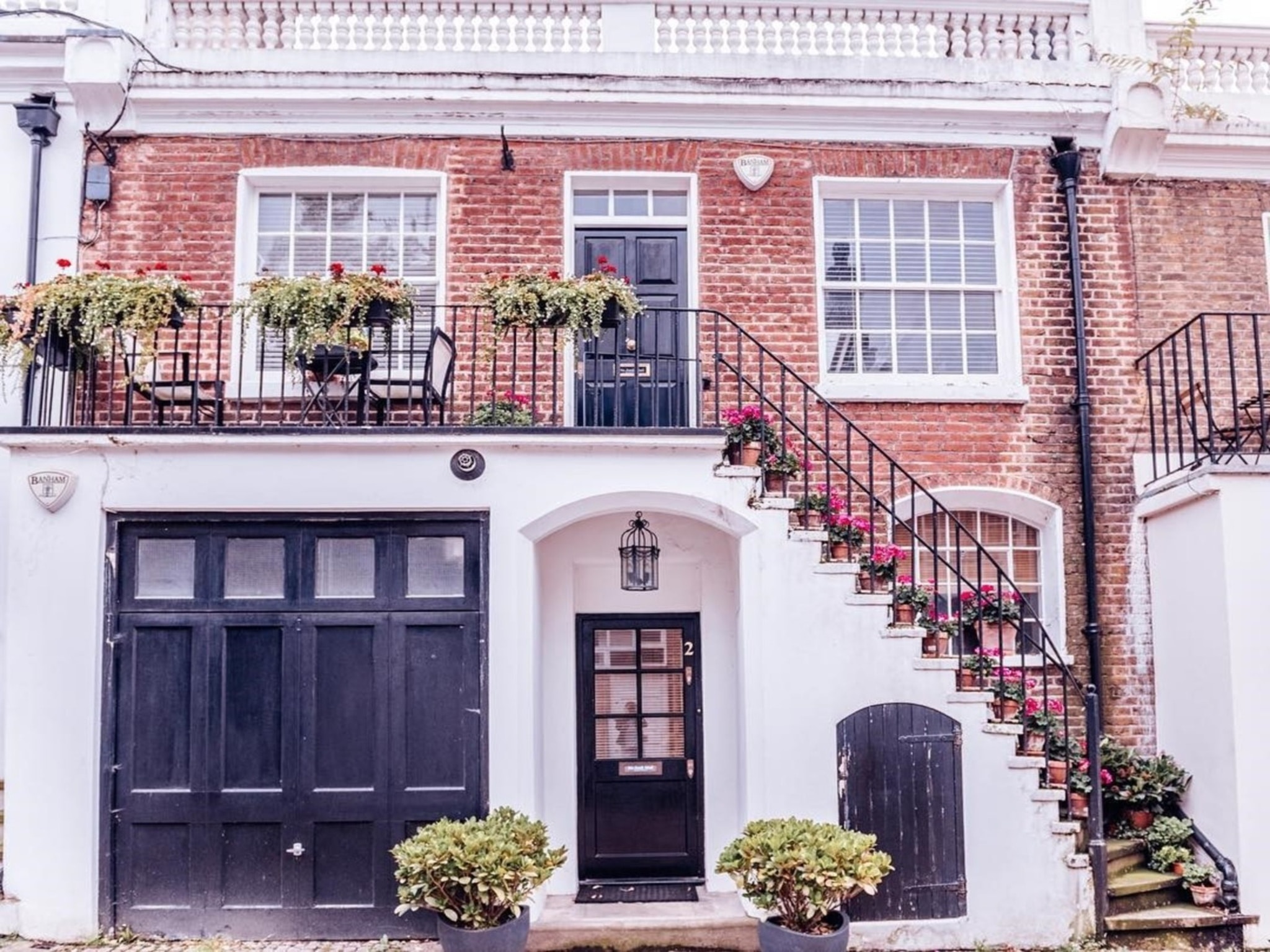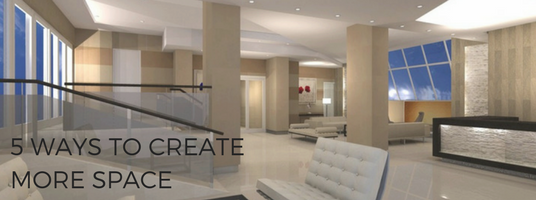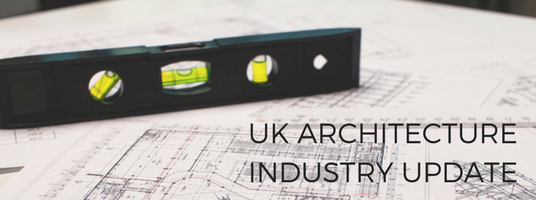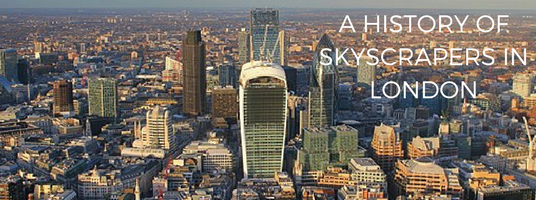In this HMO Guide, we will explore the pros and cons of converting properties into HMOs and building purpose-built HMOs. By examining key factors such as costs, timelines, customization options, and compliance requirements, you will gain valuable insights to help you choose the most suitable approach for your investment goals.
Investing in HMO properties has become an attractive option for real estate investors seeking high rental yields and a growing market. When entering the HMO market, one crucial decision investors face is whether to convert existing properties into HMOs or construct purpose-built HMOs. Each strategy has its advantages and considerations, and understanding the differences between them is essential for making an informed investment decision. In this guide, we will explore the pros and cons of converting properties into HMOs and building purpose-built HMOs. By examining key factors such as costs, timelines, customization options, and compliance requirements, you will gain valuable insights to help you choose the most suitable approach for your investment goals.
1: Converting HMOs
Converting existing properties into HMOs is a popular investment strategy due to its potential cost-effectiveness and faster turnaround time. Here are the key considerations and advantages of this approach:
1.1 Lower Upfront Costs:
Converting properties generally involves lower upfront costs compared to building purpose-built HMOs. By repurposing existing houses or flats, investors can save on land acquisition and construction expenses, allowing for a more accessible entry into the HMO market.
1.2 Faster Turnaround Time:
The conversion process is often quicker than constructing purpose-built HMOs. Since the property already exists, modifications can be made to the layout and facilities to meet HMO requirements. This faster turnaround time allows investors to start generating rental income sooner.
1.3 Established Locations:
Existing properties are typically situated in established residential areas with good amenities and transport links. This location advantage can attract potential tenants and contribute to higher occupancy rates, enhancing the investment’s income potential.
However, there are also considerations and challenges associated with converting properties into HMOs:
1.4 Limited Customization:
Converting existing properties may have limitations in terms of layout and design due to the existing structures. Investors must work within the constraints of the property, which may impact the optimization of room sizes and shared spaces.
1.5 Compliance Challenges:
Older properties often require more extensive renovations to meet HMO licensing and safety regulations. Compliance with fire safety, electrical, and health and safety standards can be more challenging and may incur additional costs and time delays.
1.6 Potential Hidden Issues:
Existing properties may have hidden problems such as structural issues or outdated wiring, which can increase renovation costs. Investors should conduct thorough inspections and assessments to identify any potential issues before proceeding with the conversion.
2: Purpose-Built HMOs
Building purpose-built HMOs is an alternative strategy that offers advantages in terms of customization, compliance ease, and potential lower maintenance costs. Here’s what you need to consider when contemplating purpose-built HMOs:
2.1 Tailored Design:
Purpose-built HMOs provide the opportunity to design the property from scratch, optimizing room sizes, shared spaces, and amenities to attract tenants and maximize rental income. Investors can create a layout that best suits the target market and aligns with their investment goals.
2.2 Compliance Ease:
Purpose-built HMOs are constructed with regulations in mind, making it easier to meet licensing and safety requirements. By adhering to the latest building codes and standards, investors can minimize potential compliance issues and ensure a smoother process for obtaining the necessary licenses.
2.3 Lower Maintenance Costs:
Newer buildings generally require less maintenance initially compared to converted properties. With purpose-built HMOs, investors can benefit from modern construction materials, efficient systems, and warranties that reduce maintenance.
Newer buildings generally require less maintenance initially compared to converted properties. With purpose-built HMOs, investors can benefit from modern construction materials, efficient systems, and warranties that reduce maintenance expenses. This can result in cost savings over the long term and a more hassle-free ownership experience.
2.4 Higher Upfront Costs:
One of the main considerations of purpose-built HMOs is the higher upfront investment required. Land acquisition, planning permission, and construction expenses can significantly contribute to the initial costs. Investors must carefully assess their budget and financial capabilities to determine if this approach aligns with their resources.
2.5 Longer Lead Time:
Building a purpose-built HMO involves a more extended timeline compared to converting existing properties. The process of acquiring land, obtaining planning permission, and constructing the property can be time-consuming. Investors should consider the potential delays and factor them into their investment plans and financial projections.
2.6 Location Limitations:
Finding suitable land for purpose-built HMOs, especially in desirable areas, can be challenging. Investors may need to compromise on location or pay a premium for well-located plots. This aspect requires thorough research and analysis to ensure the chosen location aligns with the target tenant demographic and rental demand.
Section 3: Choosing the Right Strategy
When deciding between converting existing properties and building purpose-built HMOs, investors should consider their specific circumstances and investment objectives. Key factors to evaluate include budget, timeline, location preferences, customization requirements, and long-term maintenance considerations. Additionally, conducting a thorough market analysis to assess rental demand and competition in the target area can further inform the decision-making process. Consulting with real estate professionals and seeking expert advice can also provide valuable insights to aid in making an informed choice.
Investing in HMO properties can be a profitable venture, and choosing the right investment strategy is essential for success. Converting existing properties into HMOs offers advantages such as lower upfront costs, faster turnaround times, and established locations. However, limitations in customization and potential compliance challenges should be carefully considered. On the other hand, purpose-built HMOs provide tailored design options, compliance ease, and potentially lower maintenance costs. However, higher upfront costs, longer lead times, and location limitations must be weighed. Ultimately, investors must evaluate their resources, investment goals, and market conditions to determine the most suitable strategy for their HMO investment journey.







